BOMA New York holds final 2020 Virtual Lunch & Learn webinar
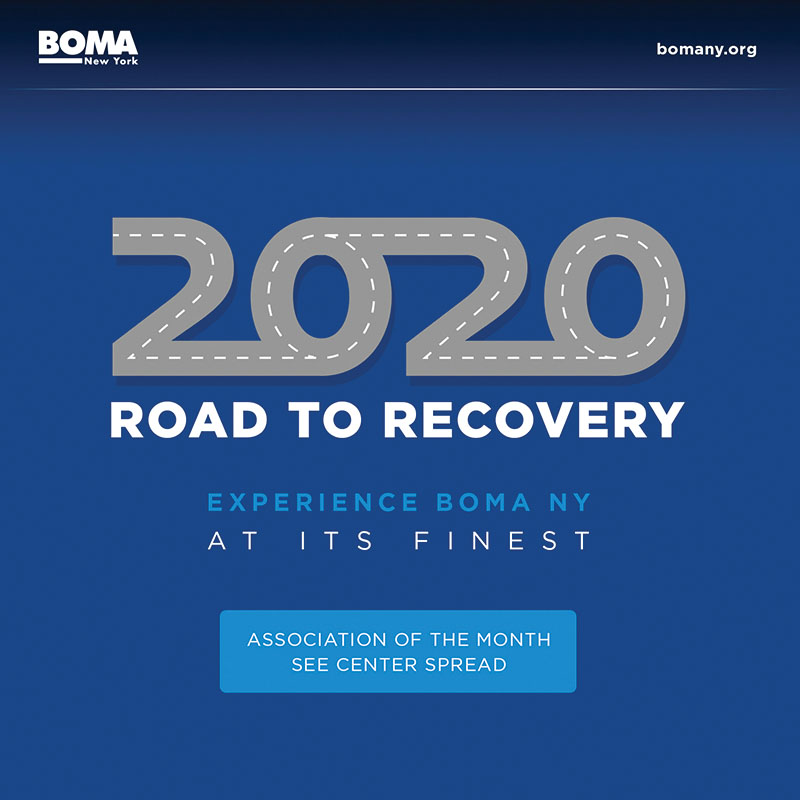
from Adversity to Greatness.
New York, NY The 2020 final edition of BOMA New York’s virtual Lunch & Learn webinar, emceed by Deb DeLuca, offered an eye-opening preview for building owners and managers of office life in the now during a post-COVID-19 world.
The presentation, entitled “Driving Smarter Buildings for Seamless Security and a Differentiated Tenant Experience,” was a primer on the latest developments in building security – products and applications that were under pre-pandemic development – and future cloud-based systems now being developed and deployed as owner benefits and building amenities for the war against COVID-19.
BOMA New York’s guest presenters were – Bob DiProspero, director of business development; and Todd Burner, chief product officer–both of Kastle Systems, a global leader in managed security since 1972. The presenters described their vision of an office work environment centered on tenant safety–and tenant health.
DiProspero began the program by reporting that by the beginning of the year, Kastle had already “noticed a real shift” away from primarily hardware-based building security systems such as card readers, turnstiles and cameras as “the means to get people into buildings.” Advances in Bluetooth technology, cloud computing and applications designed for the universal consumer usage of smart phones are paving the way toward integrated systems. This he described as a “Productivity 2.0 Security as a Service” that Kastle offers to more than 3,600 commercial and multifamily properties.
DiProspero said tenants, or end-users, are beginning to “engage with security systems in a differentiated way” that now allows them to use their mobile devices in ways that are integrated with a building owner’s portfolio.
For example, the ability to reserve the gym, or a conference room in a different building; or even ordering coffee from a building tenant engagement platform, is now being integrated into access control systems and offered as an amenity to office renters. Another noteworthy amenity, or “single-user experience,” is the integration of a “pre-authorized invitation” to parking access and building access, something that traditionally is handled by separate entities within the same property, and has been a major pain point.
For the tenant or visitor, mobile, hands-free access through a single administrative system is a value-add in the form of an enhanced tenant experience that can be shared across a property owner’s portfolio. In other words, “No gym? No problem. You have access to the gym across the street.” One credential can be used across an entire portfolio’s buildings and spaces. DiProspero also cited the “concierge-like” end-user experience as security systems “learn” that a first-time building visitor can be treated as a “next-time guest.”
Overall, the shift has moved security away from an “on-premises” system of video and turnstiles to vendors who offer turn-key cloud-based solutions that will “take the ball” and provide seamless integration. These systems offer mobile administration for owners who now have the ability to open doors, and add or revoke end-users, all via a mobile device from anywhere in the world.
“The system will become lighter on hardware and heavier on services,” according to DiProspero, with greater return on investment through efficiency.
Todd Burner began the second half of the presentation by describing a post-COVID world for building owners and operators. He started by displaying a dramatic U.S. major market building occupancy graph that plummeted from 100% to just 5% in two weeks and is now hovering at 20% ten months later.
“What can we do before people come back?” he asked. “How do we keep buildings secure remotely, and how do we make tenants feel safe and welcome them back?”
He cited advances in cloud-based video monitoring that now give building owners the ability to be aware of what is happening in their un-occupied spaces, especially at a time of social unrest, from anywhere at any time. He cited “You Watch/We Watch” options now on the market that offer remote, “smart detection, search and video export.”
The presentation concluded with Kastle’s “KastleSafeSpaces Four Pillars” to welcome tenants back into their buildings.
The first is “Touchless Everything.” Smart phone apps will replace security badges, key fobs, and keypads – even elevator buttons that will operate with an end-user’s bluetooth phone.
The second is “Screen In/Screen Out.” Tenants will receive daily health screening tied directly into building access controls. Credentials will be automatically de-activated every night. “Your credentials won’t even work in the morning unless you attest that you are healthy,” he said. And, although he said the consensus among owners and tenants alike was that health screening was the responsibility of the tenant, building owners can offer health screening as an amenity. Burner also addressed the issue of privacy when it was brought up by a webinar participant, expressing Kastle’s belief that its screening was consistent with EEOC privacy regulations, and that all end user data was protected to the best extent possible during pandemic conditions.
The third pillar is “Social Distancing.” Building security technology can monitor and enforce how many people are occupying a physical space, such as a building’s fitness center or rooftop terrace. Access controls can limit the number of occupants and will even display the number of occupants on an end-user’s smart phone.
For example, “There are now nine people in the fitness center,” and allow the end user to make the choice whether to enter.
The fourth pillar is “Contact Tracing.” In the event of having an occupant who has been diagnosed with the virus–security access controls, including building exit readers, will readily provide a list of others who were in contact with that person at a given time and place within the building. “Who was there and when did they leave?” This will allow contact tracers to notify those who were exposed. In addition, occupancy monitors can be integrated in real time with building MEP controls to provide more cost-effective and healthy heating, cooling, and ventilation.
Burner stressed how these applications have value, even within a building with 20 % occupancy.
All in all, a very enlightening BOMA New York Lunch & Learn to end the year.
Related Cos. and Sterling Equities open housing lottery for Willets Point Commons

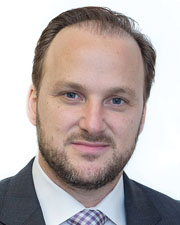
Strategies for turning around COVID-distressed properties - by Carmelo Milio
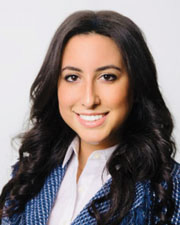


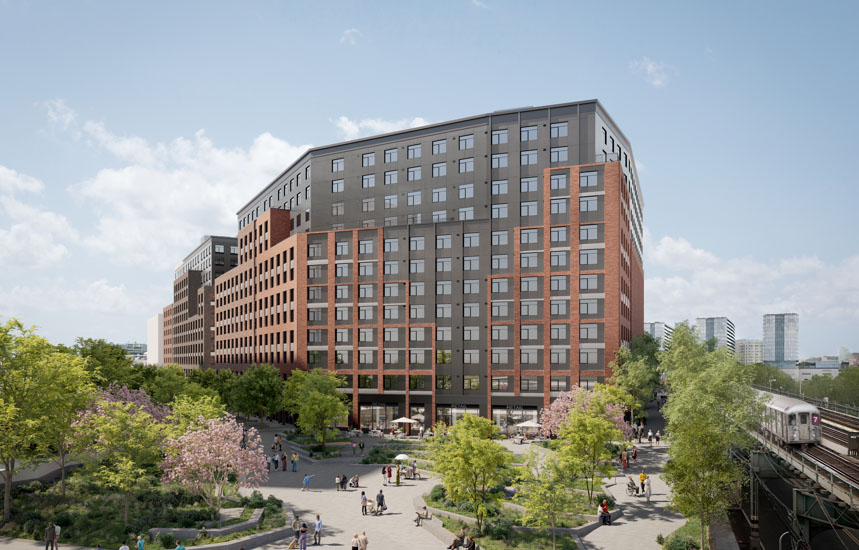


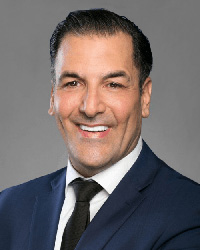
.gif)

.gif)
.jpg)
.gif)